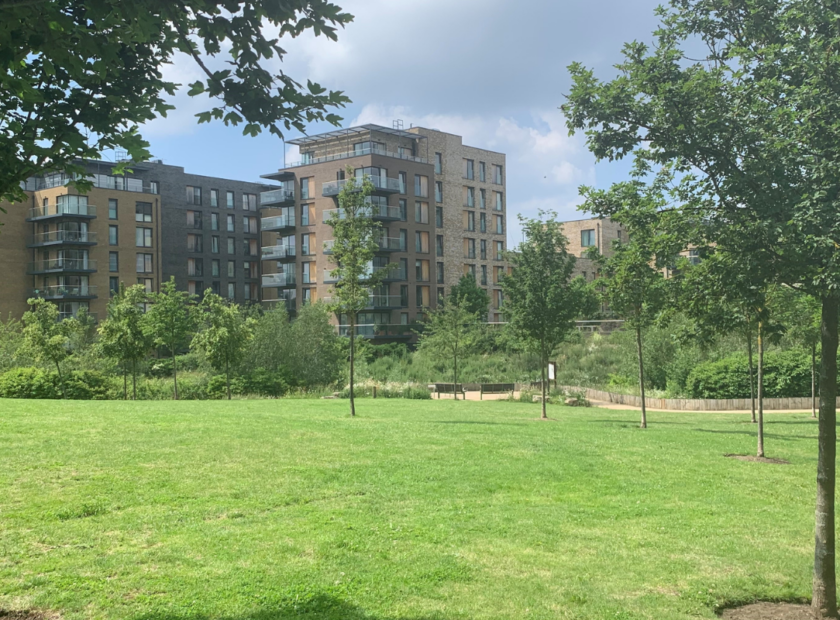Woman’s influence is too often ignored. When the Garden City is built, as it shortly will be, woman’s share in the work will be found to have been a large one. Women are among our most active missionaries (Howard, Postscript, 1902)
Today, the 19th of May 2020, marks the centenary of the Women’s Section, a short lived yet influential branch of the Town and Country Planning Association. This centenary offers us the perfect opportunity to highlight our project on “The forgotten pioneers – Celebrating the women of the Garden City Movement” that will be published in a few months. The project will reflect on the role of women in the Garden City movement, and the New Towns story that followed. To find more about the women that have made the TCPA the organisation that it is today, we have researched our archives and other literature to shed a light on the incredible women of the movement.
The Garden City movement was developed amidst the loosening of Victorian rigidity which saw the rise of utopianism alongside the consolidation of the women’s suffrage movement. It is during the development of the Garden City movement that the role of women began to change, moving from a passive figure in the household to an active role of campaigning.
From the formation of the Association in 1899, women were involved in decision-making with the opportunity to access executive roles, and by 1901, three women were in the Council. While this may not seem significant by modern standards, it was radical at the time as it was not until 1918 that women over 30 had the right to Parliamentary vote, and it was not until 1928 that women had the right to vote on the same terms and same age (21) as men.
In 1903, the Women’s League of the Association was formed which was open to members at no extra subscription cost, promoting the aims of the Association specifically regarding the claims of the home from the point of view of mothers and wives.
Later, in May 1920, a hundred years ago today, the Women’s Section was founded which focussed on women’s issues surrounding planning and the management of the home. They advocated for the improvement of sanitary conditions in rural areas, focussed on women as house property managers following the ideas of Miss Octavia Hill and published a report on the best kind of fittings and labour-saving devices available for new houses. Simultaneously, they campaigned for the Association’s wider principles and attracted members and funding to the organisation.
Etheldred Browning, an Irish suffragist who was appointed to administer the Women’s Section, and Sydney Bushel the honorary secretary of the Women’s Section played a key role in housing women which is still significant nowadays. Alongside nine other women, they founded Women’s Pioneer Housing in October 1920, the largest specialist housing association for women that now owns almost 1000 properties in boroughs.
This is just a taster of our findings of the role of women in the Garden City movement, but it reflects that women were significant in the organisation from the outset. The world of planning is still male dominated, which gives us more reasons to celebrate the women in planning in the past that paved the way for women to be part of the sector nowadays.
Through this paper we want to make a contribution to the history of the Garden City movement, positioning women in the narrative and highlighting their role as key players. Keep an eye out for our upcoming publication!



